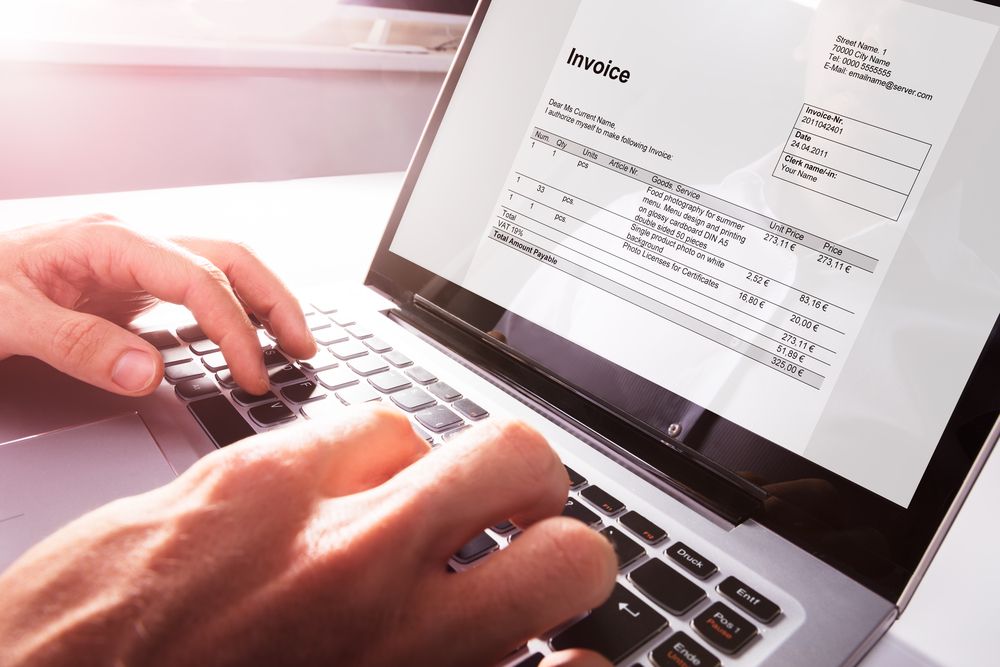5 Ways to Be Compliant when Filing Self Employed Taxes

- As a self-employed professional, your estimated tax payments are due quarterly.
- If the expense is both “ordinary and necessary,” it can be deducted.
- If you have a home office or a space at home used exclusively for work, you can generally claim this as a home office deduction.
Doing business as an independent professional requires a different approach from working as a full-time employee, and the same is true when it comes to taxes. Since many independents receive 1099 forms from clients at the end of the year, tax time isn’t as straightforward as simply plugging a few numbers into an online tax calculator.
Here are five ways to make sure you file your self-employed taxes compliantly—with as little headache as possible!
1. Determine Your Business Entity
Before considering tax payments, you must determine your business entity.
- Sole Proprietors are self-employed and work alone
- Partnerships are two or more Sole Proprietors sharing ownership of a business
- S-corporations and C-corporations are for those who prefer to incorporate their business
Your business entity will depend on the size of your business as well as its annual projected profit. Making this decision can be difficult, so it’s important to put in the proper research and consult an accountant if possible.
2. Know Your Tax Obligations
Plan to pay 30-35% of your gross income in taxes. These include income tax (per your tax bracket) as well as both halves of Social Security and Medicare (FICA). This is also known as the self-employment (SE) tax.
If you are solely a 1099 worker, you are not responsible for paying into unemployment. However, this also means you aren’t eligible to take advantage of this benefit.
3. Remember Your Deadlines—All Four of Them
As a self-employed professional, your estimated tax payments are due quarterly. This is both for your benefit as well as the government’s. Since taxes are not deducted from payments made by clients to consultants, quarterly filing helps eliminate a massive tax burden at the end of the year.
Each quarter has a “hard” deadline of the 15th of the month in January, April, June, and September.
To file, you’ll generally use form 1040-ES, Estimated Tax for Individuals to calculate and pay these taxes. You can also pay online.
If your business satisfies certain criteria, you can save time, reduce paperwork, and limit issues using the Schedule C-EZ form. You can use this form if you have a profit from your business and:
- Your expenses are not greater than $5,000,
- You have no employees,
- You have no inventory, and
- You are not using depreciation or deducting the cost of your home.
4. Understand Your Deductions
The IRS makes it easy to deduct qualified business expenses. If the expense is both “ordinary and necessary,” it can be deducted. Deductions include expenses that are:
- Common or accepted in your industry
- Helpful and appropriate for your trade or business
- Office equipment including programs, applications, and software
- Certain travel costs
- Retirement savings
If you have a home office or a space at home used exclusively for work, you can generally claim this as a home office deduction. Travel costs from a home office to a client site can also be an eligible work expense deduction.
The important thing here is to document, document, document. Be sure to keep records of all of your business spending and expenses in case of an audit. Save those receipts—including gas—and written records of payment. Pictures are helpful as well, especially ones of your home office as this deduction may co more scrutiny. Make sure your listed expenses contain precise, exact figures to avoid raising red flags.
5. Beware of Double Taxation
We understand many self-employed professionals spend most, if not all of their workday at home. For those in this category, be aware of the telecommuting tax penalty—if you work outside your client’s state, you could be taxed by both their state as well as your state of residence.
Legislative changes are in process to avoid this problem, but not all states have resolved this issue. Check with your tax advisor about the status of this issue in your state.
The information provided in the MBO Blog does not constitute legal, tax or financial advice. It does not take into account your particular circumstances, objectives, legal and financial situation or needs. Before acting on any information in the MBO Blog you should consider the appropriateness of the information for your situation in consultation with a professional advisor of your choosing.
Categories
Subscribe to the Insights blog to get weekly insights on the next way of working
Join our marketplace to search for consulting projects with top companies
Learn more about MBO
Learn how to start, run and grow your business with expert insights from MBO Partners
Learn how to find, manage and retain top-tier independent talent for your independent workforce.
MBO Partners publishes influential reports, cited by government and other major media outlets.
Research and tools designed to uncover insights and develop groundbreaking solutions.


